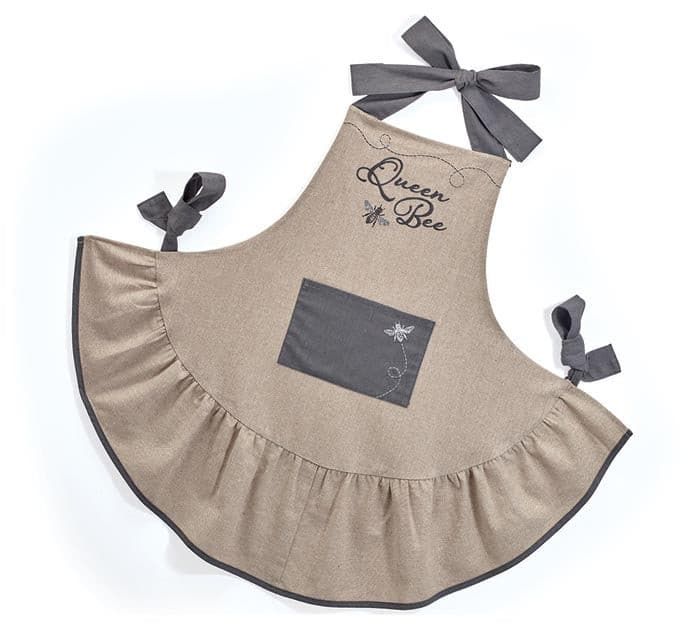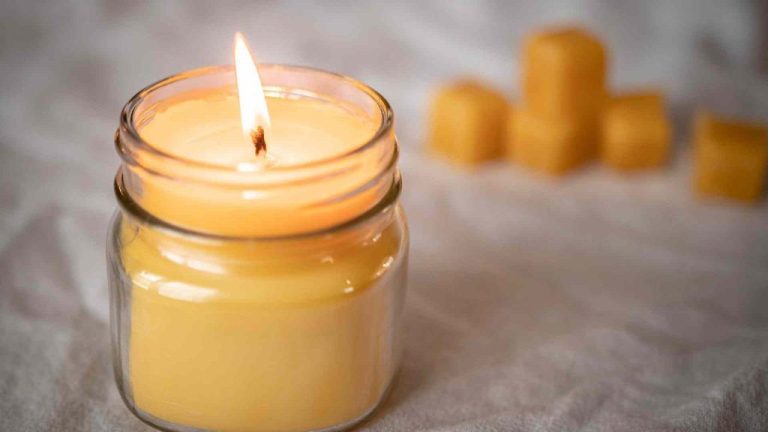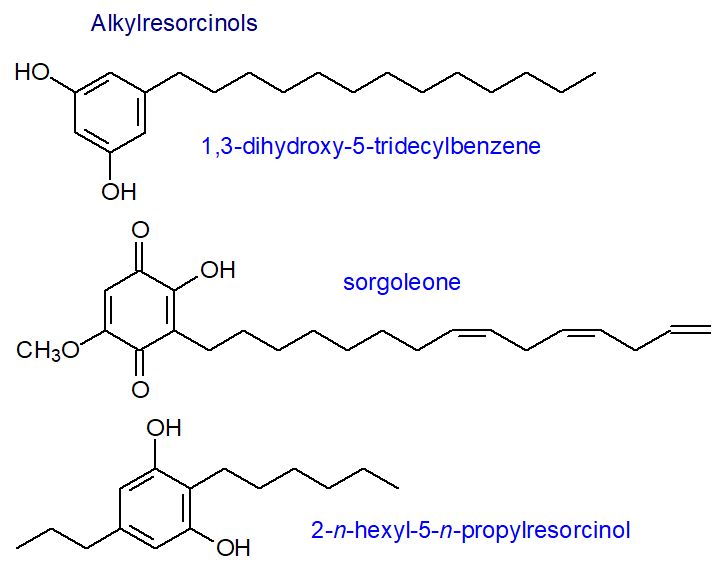Can You Make A Living Selling Wax Melts?
What are wax melts?
Wax melts are scented wax formed into small cubes or shapes that are melted in an electric wax warmer to fill a room with fragrance (The Cambridge English Dictionary, 2024). They are a type of flameless scent product and an alternative to burning scented candles.
Wax melts are made from waxes like soy, paraffin, or a blend, and infused with essential oils and fragrance to create the desired scent. They come in a wide variety of fragrances like floral, bakery, citrus, spice, etc. Compared to candles, wax melts melt at a lower temperature which allows the fragrance to fill the air quickly once placed in a wax warmer. The wax itself does not burn, only melts to release its scent (The Glow Co, 2022).
Wax melts are popular for their versatility – you can mix and match fragrances by warming just a cube or two at a time. They also last longer than candles since they melt slowly over time. Their flameless design makes them an appealing option for safety. Overall, wax melts provide an easy, customizable way to scent any room.
The wax melt business
Wax melts, also sometimes referred to as wax tarts, are small chunks or bars of specially formulated wax that are melted in wax warmers to release fragrance and scent. The wax melt business involves creating and selling these wax melt products to consumers.
The global wax melts market was valued at USD 3.33 billion in 2022 and is expected to grow at a compound annual growth rate (CAGR) of 5.7% from 2023 to 2030, according to a report by Grand View Research. This growth is driven by rising demand for home fragrances, growing popularity of wax warmers, and consumer interest in more natural fragrance options compared to candles or sprays.

Major companies in the wax melt business include Scentsy, Yankee Candle, Walmart (Better Homes & Gardens), and Bath & Body Works. However, there is also a large market for independent and small business sellers of handmade or custom wax melt products on sites like Etsy and at craft fairs.
The wax melt business requires developing fragrance blends, arranging custom packaging, marketing products, managing orders and shipping, and providing customer service. Both startups and established manufacturers can succeed by focusing on quality ingredients, unique scent options, creative branding and packaging, and building a loyal customer base.
Startup costs
Getting a wax melt business off the ground requires some initial investments. According to FinModelsLab, starting a candle making business typically requires startup costs ranging from $350 to $8,000 depending on the scale and scope of operations [1]. Some of the main startup expenses include:
- Equipment like wax melters, pour pots, thermometers, scales, and packaging supplies
- Ingredients like soy wax, fragrance oils, dyes, and additives
- Labeling and branding such as logos, packaging, and marketing materials
- Online shop costs including website, domain, hosting, and ecommerce platform fees
- Business registration, licenses, and permits
For a basic at-home operation, startup costs can range from $500 to $2,000 according to Gottagrow.io [2]. This covers essential equipment, enough raw materials for test batches, branding elements, and legal formation. Larger commercial operations require more significant investments of $5,000+ for commercial-grade equipment, large ingredient stocks, employees, and expanded facilities.
Ongoing costs
There are a variety of ongoing costs associated with running a wax melt business after the initial startup. Some of the main ongoing expenses include:
Cost of ingredients – This includes purchasing wax, fragrance oils, dye blocks, essential oils, etc. Ingredients will likely be your biggest ongoing expense. According to PackHelp, expect to spend $5-10 per pound on supplies.[1]
Packaging – Even if you purchase packaging materials in bulk at first, you’ll need to reorder bags, labels, jars, etc. as you continue making and selling wax melts. Expect packaging costs around $0.10-0.50 per item.
Advertising – To keep customer interest and sales up, you’ll need to continually invest in advertising whether that’s social media ads, flyers, websites, etc. Budget around 5-10% of revenue for advertising costs.
Shipping supplies – Packing tape, bubble wrap, and shipping boxes will be an ongoing purchase as you fulfill orders. These small costs can add up over time.
Electricity/equipment – Operating wax melters, label makers, and other equipment has an electrical cost. Equipment may also need replacing over time.
Taxes, licenses, insurance – Depending on regulations in your state, you may need to pay for a business license, taxes, or liability insurance annually.
As a rule of thumb, plan for ongoing wax melt business costs to be around 50% of your revenue. Continual monitoring of expenses is important for maintaining profitability.
Pricing and profit margins
Typical pricing and profit margins for wax melts vary based on factors like cost of materials, labor, packaging, shipping, and desired profit level. According to Cosmic CLP, most wax melt businesses price their products at around 3-4 times the cost of materials to achieve a 60-75% profit margin. For example, if materials cost $1 per wax melt, pricing at $3 would yield a 67% margin. CandleScience recommends pricing at 2.5-3 times material costs for a 50-66% margin.
A common wax melt pricing strategy is to charge by weight, such as $5 for a 1 ounce melt, $10 for 2 ounces. Bulk pricing discounts are also typical, like 5 melts for $20 instead of $25. Overall, small businesses tend to price melts in the $3-6 range per ounce. Higher prices are common for more natural, premium melts with essential oils and quality ingredients.
Sales and marketing
Effective marketing is crucial for selling wax melts and growing a customer base. Social media platforms like Facebook and Instagram are essential for promoting your products through beautiful photos and videos. Paid Facebook ads can help target your ideal demographic and drive sales (Citation). Micro-influencers with engaged followers in your niche can help get the word out through product reviews and discount codes (Citation). An engaging website and email list allow you to convert visitors into repeat customers. Partnering with local businesses and selling wholesale can also expand your reach. Avid wax melt users love discovering new scents, so a consistent pipeline of new product releases and bundle deals keeps customers engaged. Overall, a robust digital presence combined with creative offline marketing enables wax melt sellers to connect with buyers and make sales.
Building a customer base
Building a strong customer base is crucial for any wax melt business to succeed. Here are some effective strategies to attract and retain customers:
Leverage social media platforms like Facebook, Instagram, and Pinterest to grow your audience organically. Share attractive photos of your products, run giveaways and contests, and engage with potential customers. According to Zapped.to, focusing on marketing efforts like social media helps attract more customers[1].
Create an email list to regularly send out newsletters, special offers, and discounts to subscribers. Email marketing helps maintain relationships with customers and encourages repeat purchases. Offer incentives for signing up to your list.
Attend local craft fairs, farmers markets, and community events to directly interact with customers, raise awareness, and make sales. Have professional branding, labels, and packaging to stand out. Hand out free samples and business cards to generate interest.
Provide excellent customer service and consider loyalty programs, referral rewards, and repeat purchase discounts to retain happy customers. PackHelp notes the importance of building customer relationships in wax melt businesses[2].
Overall, a mix of online and offline marketing strategies, high-quality products, and exceptional service creates loyal customers and steady sales.
Order fulfillment
Fulfilling wax melt orders efficiently is critical to running a successful business. Here are some tips for streamlining the order fulfillment process:
- Invest in automation tools like shipping software to reduce time spent on manual order processing. Popular options include ShipStation, Shippo, and Shipworks.
- Set up an assembly line workflow for making, packaging, and shipping orders. Break down the process into separate stations to improve efficiency.
- Source quality packaging materials like clamshells, organza bags, and shipping envelopes in bulk. Buying in larger quantities saves money and time.
- Print shipping labels and packing slips in batches using thermal label printers. This eliminates the need to hand write information.
- Use simple packaging techniques like tissue paper, stickers, and thank you cards to add a special touch for customers.
- Keep an organized inventory system to know which supplies need reordering. Low stock can slow down fulfillment.
- Schedule regular shipment pickups or drop offs to avoid last minute post office trips that disrupt workflow.
- Hire seasonal or part-time help during busy periods to keep orders moving swiftly.
- Set realistic processing and shipping timeframes and communicate them clearly to manage customer expectations.
Streamlining fulfillment operations is key to maximizing productivity and minimizing costs when running a wax melt business. Automating processes and establishing efficient workflows allows more time to focus on growing the business.
Financial analysis
A key question when starting any business is whether it can be financially viable and profitable. To determine if you can make a living selling wax melts, it’s important to do a detailed financial analysis of potential costs, revenues, and profits.
According to research by Packhelp, the average price for an 8oz wax melt clamshell is around $5 [1]. Factoring in raw materials, packaging, labeling, and shipping, the cost of goods sold per unit may be around $2. That results in a gross profit margin of 60% per clamshell. If selling 100 clamshells per month at $5 each, the monthly revenue would be $500. With 100 units at $2 COGS each, the total monthly cost of goods sold would be $200. That results in a monthly gross profit of $300.
However, there are additional operating expenses involved in running the business, including marketing costs, website hosting, accounting services, licensing fees, and more. These expenses may total $100-200 per month. After deducting operating expenses from the gross profit, the potential monthly net profit could be $100-200 for selling 100 units per month.
To scale revenues, it’s important to continuously grow the customer base through marketing and expanding product selections. Research shows top vendors sell over 1,000 wax melt clamshells per month, resulting in monthly revenues of $5,000+ [2]. With enough scale, wax melt vendors can achieve net profits of $2,000+ per month.
In summary, when first starting out, it may be challenging to make a full-time living solely from a wax melt business. But with dedicated effort to scale up sales, vendors can eventually earn sizable profits from selling wax melts.
Can you make a living selling wax melts?
Whether selling wax melts can provide a full-time living depends on several factors. According to Nikura, most new wax melt businesses earn $500-$1000 per month in the beginning. With time and effort building a customer base, sales can grow to $2,000-$5,000 or more per month. However, it requires dedication and smart strategies.
The profit margin on wax melts is generally high, around 50-70% according to Vocal Media. This gives good earning potential. But you need high sales volume, which requires substantial marketing and promotion to build an audience. This takes time and consistent effort.
Overall, building a successful full-time business selling wax melts is achievable, but not easy. It requires an entrepreneurial mindset, dedication, effective marketing, quality products, and excellent customer service. For those truly passionate about wax melts, it can become a viable livelihood over time. But it takes patience and hard work building a brand and audience. With persistence, a wax melt business can eventually provide a comfortable living.






